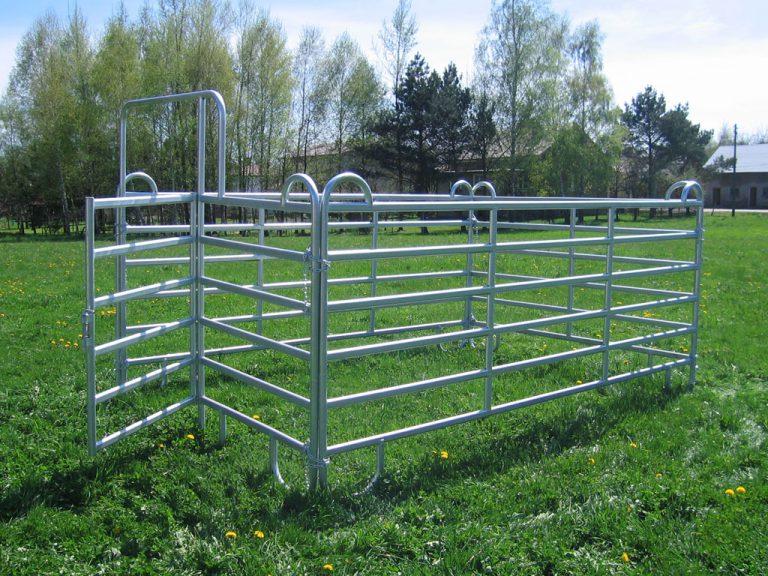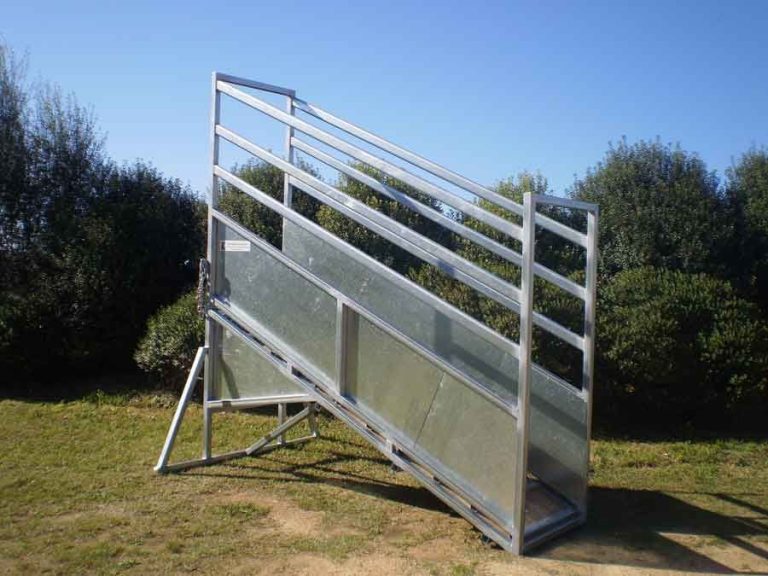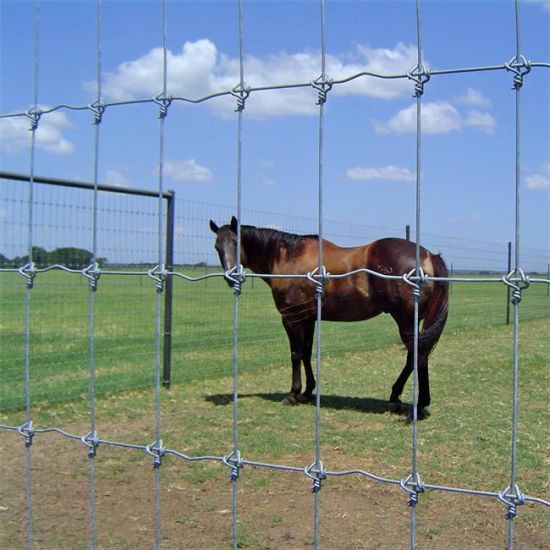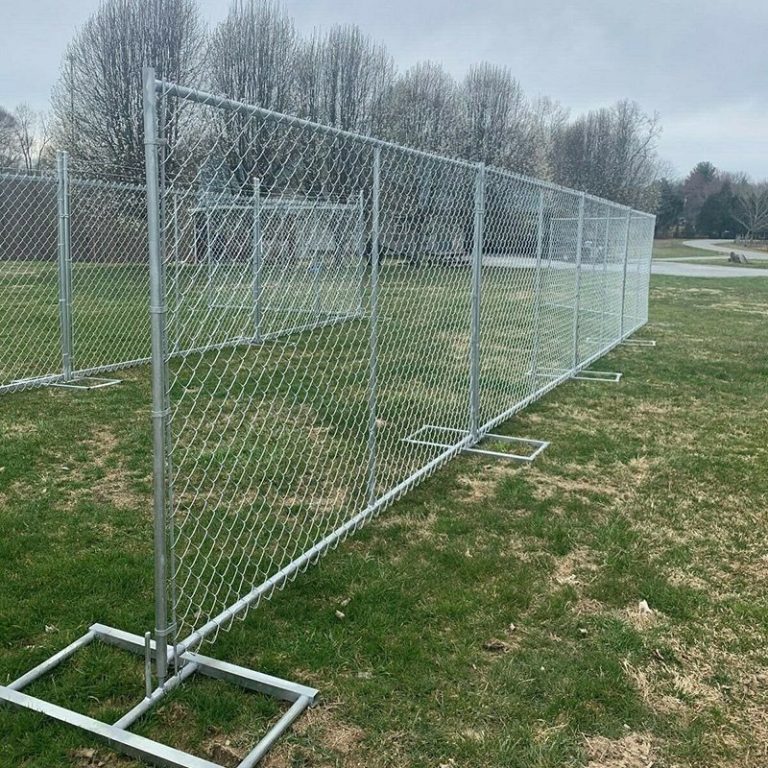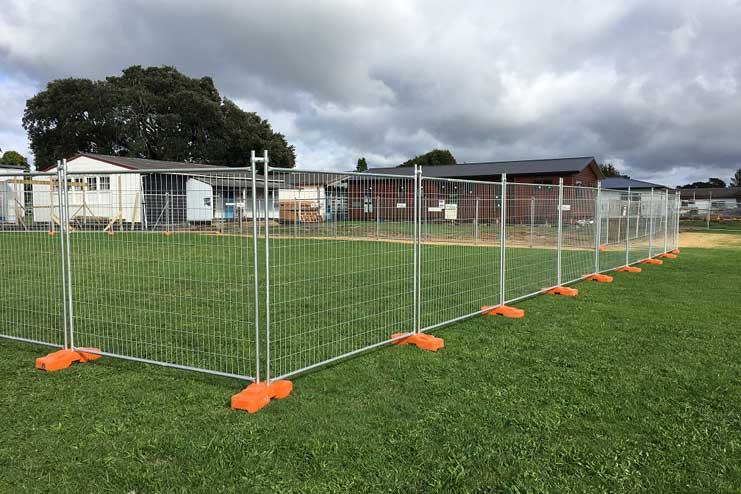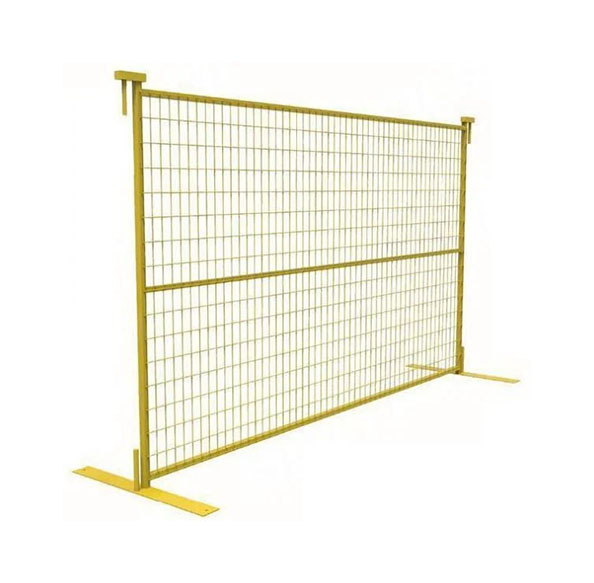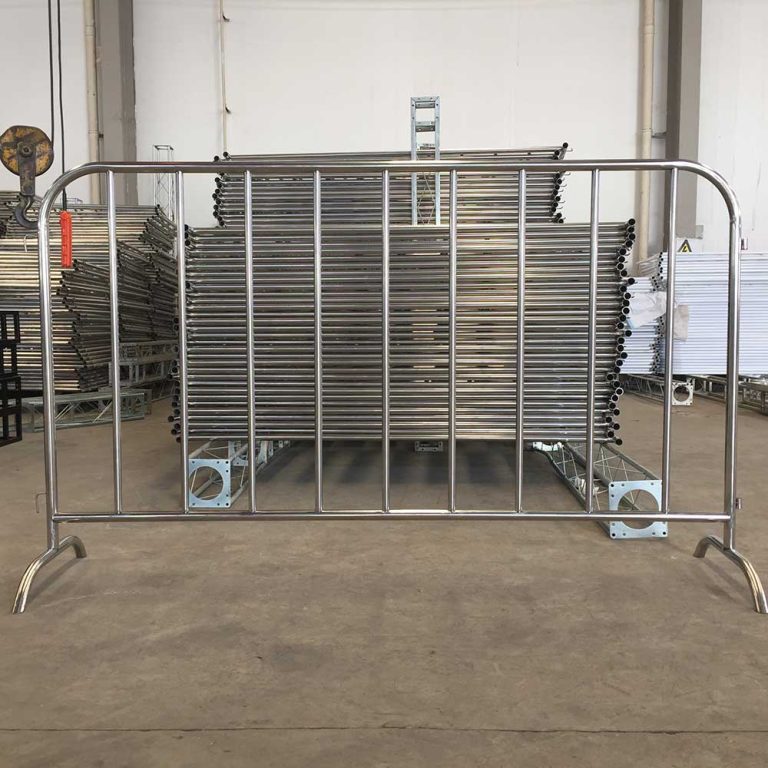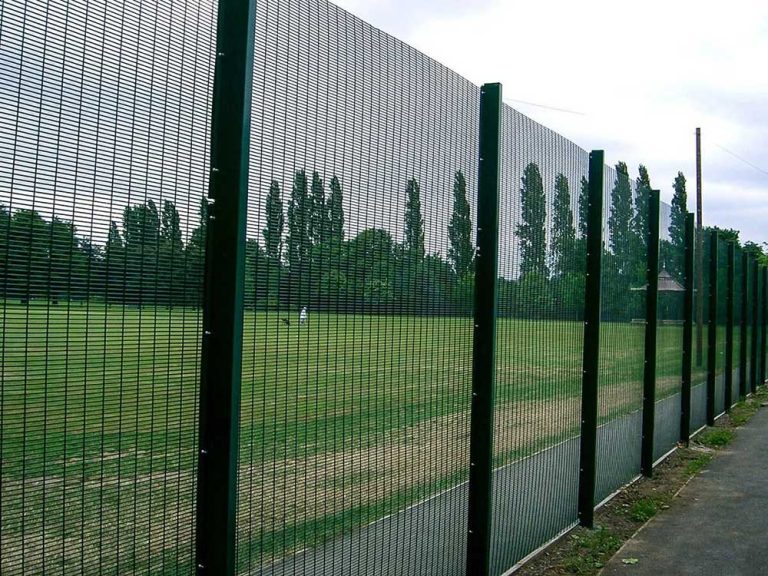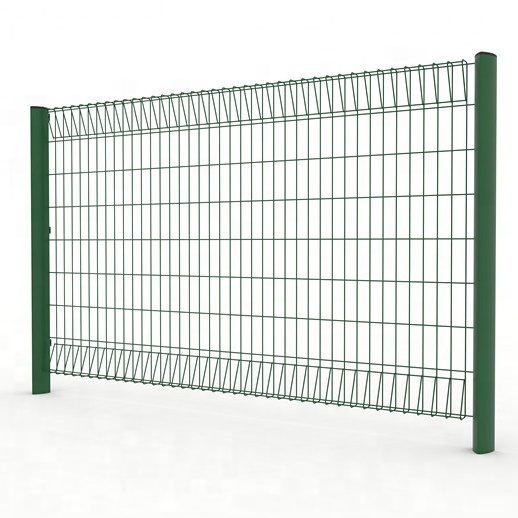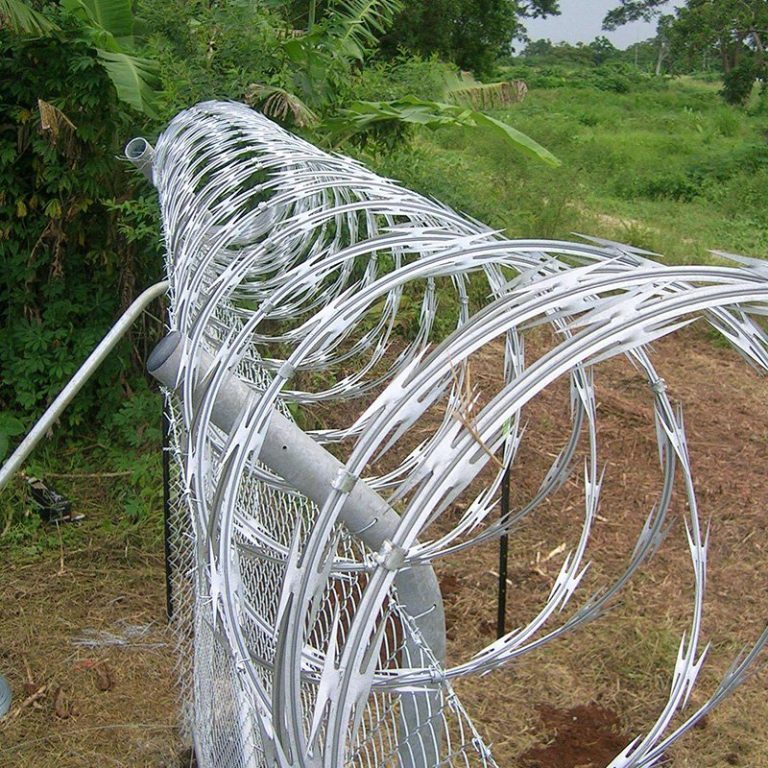Introduction to Welded Wire Fencing
Welded wire fences have become an option for a range of uses. From farming requirements to security measures; they are made by welding high-strength galvanized steel wires together to form a sturdy and durable grid structure. These fences’ longevity makes them perfect for keeping animals safe and secure in settings while also safeguarding gardens and providing boundaries in areas. Moreover, the adaptability of welded wire mesh enables it to be tailored concerning height distance, and thickness to suit the requirements of projects.
Features of Welded Wire Mesh by Anping JiaHui Wire Mesh Co., LTD
Anping JiaHui Wire Mesh Co., LTD specializes in notch welded wire fencing that stands out from its competitors due to the variety of features offered by its products. The heights of the welded wire fence range from 900mm to 2200mm. Come in lengths of 25 meters up to 100 meters to meet an array of fencing needs. The wire thickness also varies between options. Both horizontal and vertical are adjustable according to preferences allowing for flexibility in installation procedures. The pre-galvanized surface treatment ensures protection, against corrosion extending durability and reducing maintenance expenses.
Importance of Proper Fence Stretching
Ensuring that welded wire fences are properly stretched is essential for both their functionality and appearance to be at their best! A stretched fence not only enhances the overall look but also guarantees that it can effectively fulfill its purpose – whether it’s for containment or security reasons. Moreover, applying the amount of tension to the wire helps uphold the fences strength and durability by reducing the chances of it breaking or getting damaged from factors such as animals weight or environmental conditions. Ensuring that you use the stretching techniques during installation can greatly improve the longevity and robustness of the welded wire fence.

Common Mistakes to Avoid During Installation
Incorrect Tensioning Techniques
Ensuring the tension of installing a stretched welded wire fence is crucial for its effectiveness and durability. A tensioned fence can lead to sagging issues that may affect its performance and security. Insufficient tension could create gaps that allow animals to escape or intruders to enter. Additionally, a stretched fence is more vulnerable to damage from factors, like wind or vegetation pressure.
Recommended Tensioning Method
For the results in keeping the fence taut it’s recommended to use a tool made just for this job. Start by fixing one end of the fence to the post making sure it’s straight to prevent any twisting. Slowly pull the wire towards the post. Temporarily secure it in place. Employing a fence stretcher can make this task more efficient as it enables adjustments. After achieving the desired tension level securely fasten the wire to both posts, for a consistent appearance.
Inadequate Post Securement
It is crucial to set up the posts after installing them to ensure the welded wire fences’ stability and strength over time. Depending upon how the posts are secured in place the fence could risk becoming unstable due to post shifting or failure. Common errors to avoid involve not digging post holes enough or using anchoring techniques that may weaken the support system. Such oversights could impact the fence’s durability and functionality in the run.
Best Practices for Post-Installation
To make sure the posts stay firmly in place and stable, over time it’s important to dig holes that are roughly one-third the total length of the post. Using mix to secure the posts and giving it time to set properly is key. Also, think about adding gravel at the base of the holes for drainage to avoid water build-up that could undermine the soil around the post. Keep an eye on the alignment and level of the posts as you install them to ensure a structure that can withstand any shifting.

Step-by-Step Guide to Stretching Welded Wire Fence Correctly
Attaching the Fence to Posts
After securing the posts in their positions comes the task of affixing the woven wire fencing material onto them. This crucial step ensures the construction of a durable fence that will stand the test of time.
Initial Attachment Points
Start by placing the welded wire fence at the height to match the required specifications accurately. Attach the fencing securely to the post using fence staples or wire ties; ensure that the connection is firm yet not excessively tight. Consider using a level to verify that the wire is aligned correctly and at the height throughout its length. This initial fastening will serve as a guide for the remaining steps of the installation process.
Stretching Techniques
After you’ve connected the part of the fence securely make sure to pull it along its entire length to prevent any sagging.
Use of a Fence Stretcher Tool
Using a fence stretcher tool is essential for getting the tension when putting up stretched wire fences. It lets you pull the wire fencing evenly to prevent any damage while making sure it stays in a line. Check the tension regularly as you stretch the wire to keep each section tight. This tool also reduces strain on your hands and back during installation especially helpful for projects.
Securing the Stretched Fence
After the wire has been properly stretched across the posts the next step is to fasten it in place to guarantee long-term stability.
Stapling and Final Adjustments
Once you’ve got the amount of tension in place make sure to attach the welded wire fence to each post using staples or brackets spaced out evenly. These fasteners should be secure enough to keep everything in place without bending the wire. After all sections are properly. The fence is up go over it carefully for any adjustments needed to ensure optimal tension. Also, take a scan of the fence perimeter to double-check for any loose spots that might lead to problems later down the line.
Maintenance Tips for Extended Fence Life
Ensuring your stretch welded wire fence lasts longer requires upkeep to maintain its effectiveness and durability, over time.
Regular Inspection Routine
Implementing a maintenance plan can help detect problems early on before they worsen significantly. It’s crucial to conduct an inspection that involves checking for signs of rust or damage to the wires and posts. Furthermore, it’s important to monitor the wire tension as adjustments might be needed due to factors, like settling or environmental effects. Taking care of fixes promptly can prevent issues from escalating into more significant structural damage.
Repair Techniques
When parts of the welded wire fence are damaged repairs should be done promptly to keep the fence stable overall and in condition. Check how extensive the damage is and determine if repairs can be made or if replacement is needed. For problems, like wires or missing staples simply tightening or replacing those areas might do the trick. For issues such as broken posts or large holes it might be best to replace entire sections and make sure they are installed securely using recommended installation methods.
Following these tips on how to stretch a fence and secure posts well while maintaining the fence regularly can help prevent issues in fence setups and guarantee long-term durability and reliability for different uses. Opt for top-notch materials like the ones offered by Anping JiaHui Wire Mesh Co., LTD to enhance the groundwork for setups and happy clients. This dedication to excellence and knowledge in welded wire mesh plays a role in building trust and assurance in the result of the installed product.

